Above is a 1960s view taken from Largo Pier, across the Keil towards Drummochy. Some of the detail is shown below on what was clearly a warm summer day. Note the old shelter at Cellar Braes, the people sitting on the bench next to it and the towels left on the lower part of the sea wall. Two beautiful boats are central to the image. The boat to the rear is W. Ewan Bryden's 'Greenmantle'. This photogenic vessel was a Largo fixture for a couple of decades. If you know the name of the second boat, please comment.
The 'Fish Restaurant' that was run by the Forte family is prominent at the harbour edge in the image above. Known locally as Granny Forte's chip shop or Granny Greasers, this business operated for several decades from the 1920s. The black and white image and map below shows a collection of old outbuildings on the site prior to this. When the fish shop first appeared on the valuation roll in the mid 1920s, the building was owned by Rachel Williamson of Coventry Cottage (the cream coloured house in the centre of the detailed image below) and the tenant was Daniel Forte. Rachel was the daughter of plasterer Alexander Williamson, who may well have been involved in the construction of the building and who may have used the earlier outbuildings in his line of work. By 1930, the Fortes had bought the shop premises, as Concetta Forte, Daniel's wife, was recorded as proprietor. Daniel died in 1943 and Concetta in 1969. The fish shop building was demolished in the 1970s.
The second image below was taken on the same day but orientated towards the viaduct and road bridge. In this photograph the caravan park can be glimpsed through the arch of the viaduct along with the gasworks. The three houses standing prominently behind the Fish Restaurant are, from left to right, Bellvue, Gullane View and Drummochy House (see map further below).
Interestingly, the Scottish colourist, George Leslie Hunter, produced an artwork featuring Bellvue and Coventry Cottage (see below). Captured from an interesting vantage point down at water level in the harbour, this 1920s watercolour looks up at the houses while fishing nets dry on poles to the right. The tall yellow object to the left could well be a hayrick.
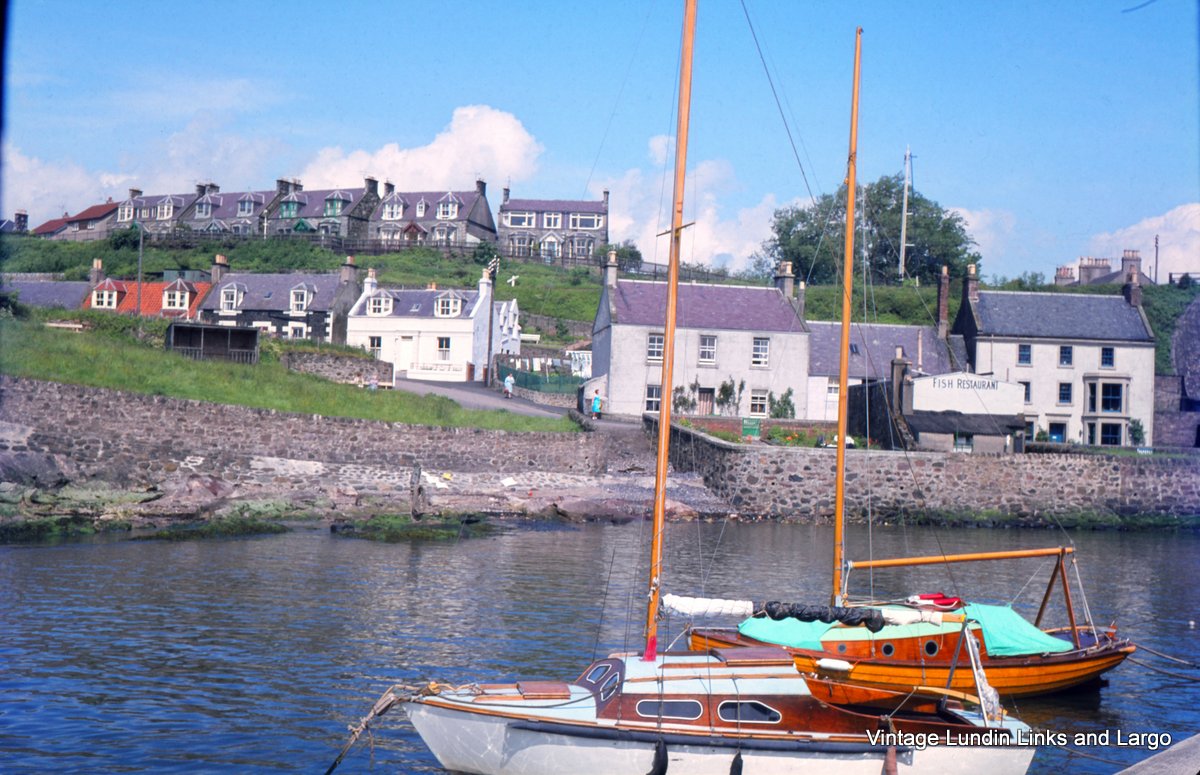


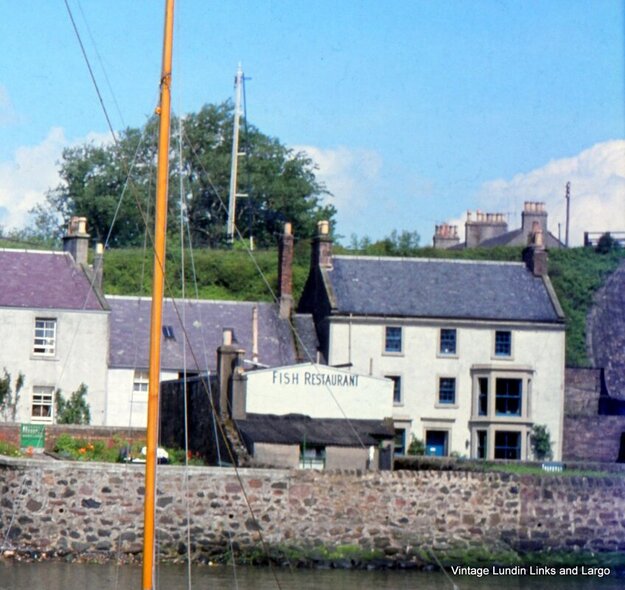


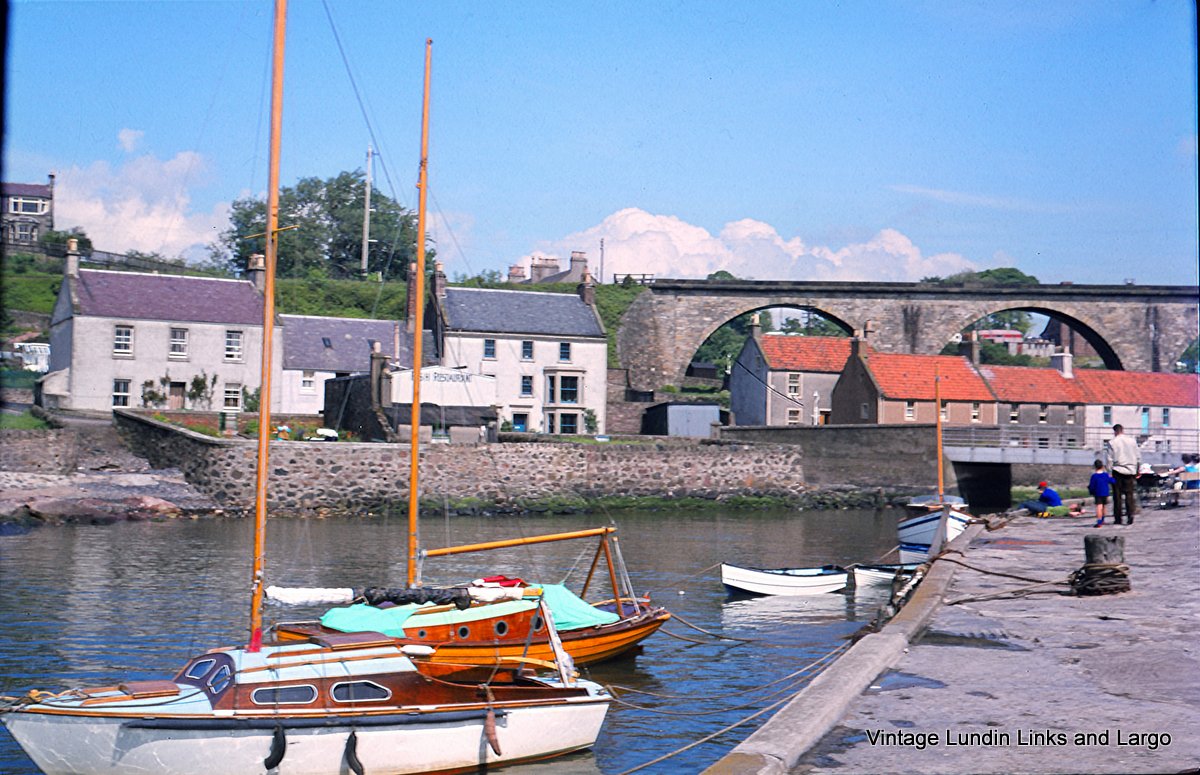





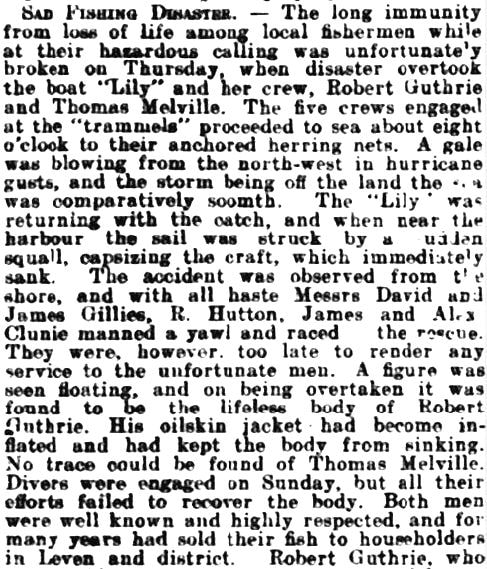






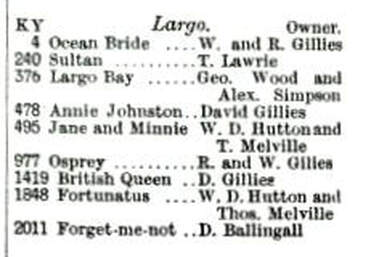



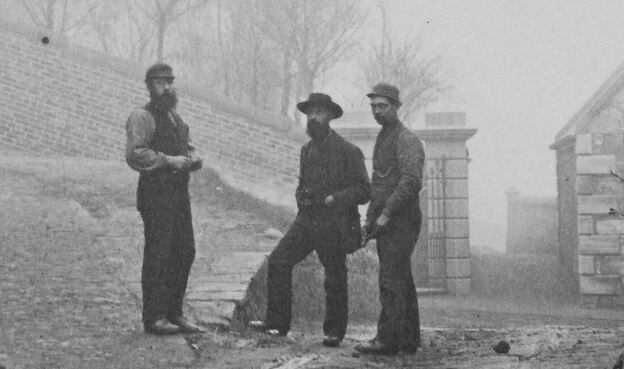


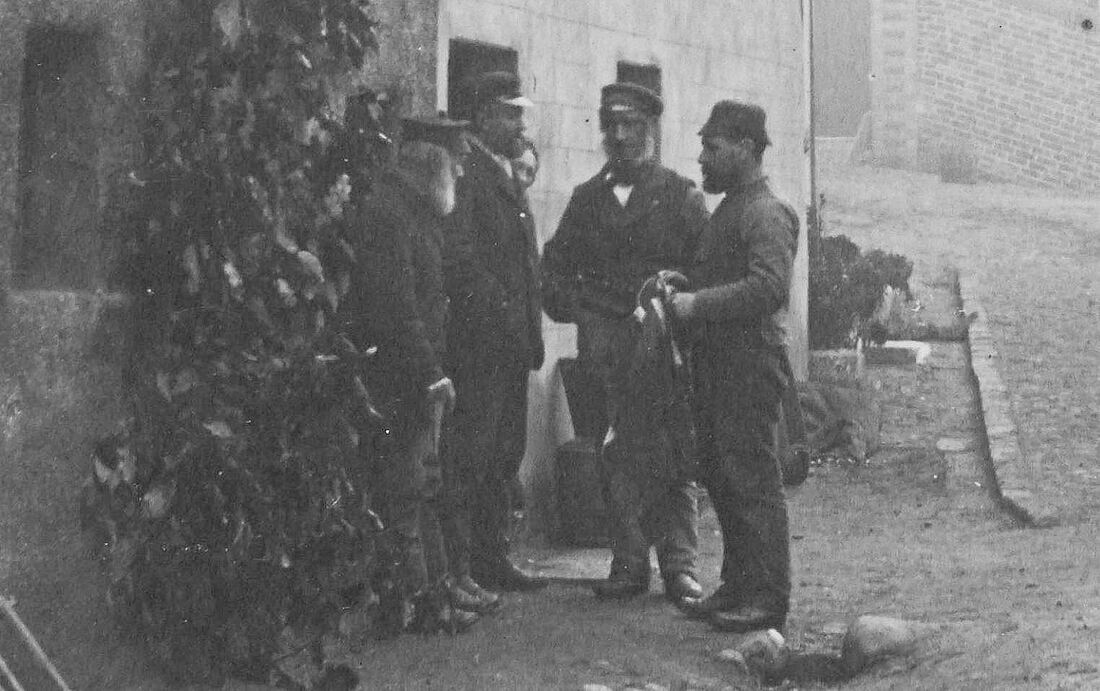
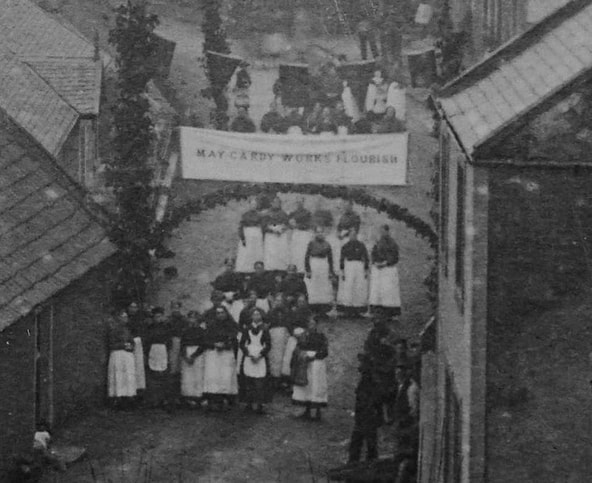
 RSS Feed
RSS Feed
